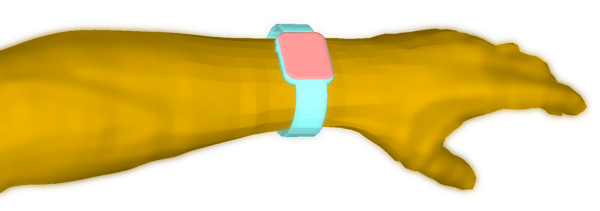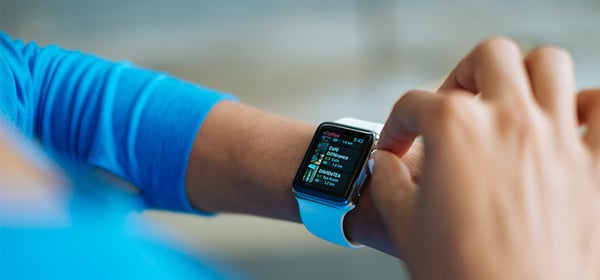Wearable technology is quickly gaining traction in the electronic marketplace. This technology is becoming more ubiquitous and user-friendly— built with powerful sensors to collect and deliver information about our surroundings, behavior, and personal fitness. Thermal safety and comfort is a basic yet necessary requirement that must be achieved to reach other performance indicators in wearable design.
Wearable designers must think about many critical components, including heat rates, materials, and placement on the body. Creating additional complexity is the fact that most consumers intend to wear their device over a long period. For the designer, this means creating a comfortable wearable is an essential step for a successful design.

Perceived Comfort Determines Design
Ideally, the wearer wouldn’t even notice they’re wearing a device after a time, which is why thermal comfort is necessary to creating a quality product. Consumers will not stand behind a product that negatively affects their level of comfort.
The proximity of most devices to the wearer’s skin makes heat management crucial. Using thermal management software (like TAITherm), you can test different materials and analyze localized thermal comfort on a human throughout the use of the wearable. These studies will indicate whether or not the heat transferred from the device causes the wearer to reach an uncomfortable state or even cause burns.

Metrics that Count
The Human Thermal Extension, our custom tool inside of TAITherm, explicitly predicts human skin and core temperature which can be used to obtain industry-standard thermal comfort metrics. It accounts for layers of skin, clothing, and activity levels before, during, and after device use. The Extension provides fast, accurate analyses of the human under transient and/or asymmetric environmental conditions. Its thermal and activity data allow you to make informed design decisions for a device that will seamlessly integrate into a modern lifestyle.
Maximizing Thermal Comfort
After obtaining human comfort metrics using the Human Thermal Extension, you can apply a configuration of different boundary conditions to a specific body part in to determine how the design affects comfort. By running this process in our CoTherm process automation software, you can examine how different designs affect comfort on specific body segments. You can also determine whether or not the consumer will remain comfortable before, during, and after using a device. CoTherm’s advanced process automation capabilities allow it to test a large amount of boundary conditions while still meeting your product design timeline.
Running a study of boundary conditions provides input to the model, allowing the user to obtain the necessary data to investigate different placements of the wearable and determine where heat is impacting the body. You can see the size of the hotspot and how it affects the physiological response of the wearer. Easily determine which boundary conditions are most important, or which combination of factors will have the most impact on the thermal comfort of the wearer over time.
Leveraging Simulation for Wearable Success
Simulation using TAITherm and Human Thermal Extension provides a complete prediction of the thermal performance and effects of your device on a human subject. The technology enables you to create designs and optimize the materials and placement on the body—effectively managing heat and providing a pleasant experience for the customer.
